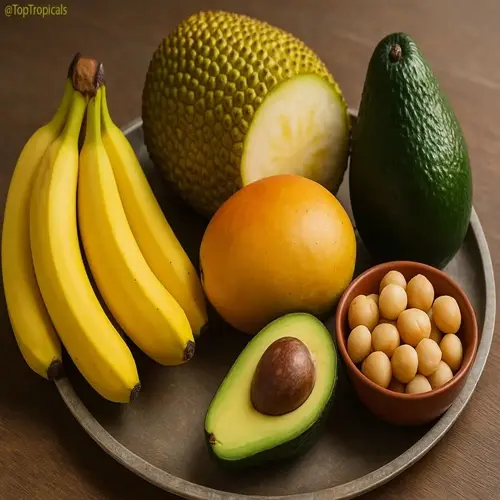Can I get sunlight benefits through windows?

Written by
Leilani Ibeh
Reviewed by
Prof. Graham Pierce, Ph.D.Conventional windows block essential components of sunlight that are healthful. Glass filters out more than 95 % of UVB rays needed to form vitamin D and reduces the intensity of blue rays, which are essential for the control of circadian rhythms. This filtration greatly limits biological effects.
Spectral Filtering
- Standard glass blocks 280-315nm UVB wavelengths completely
- Blue light (446-477nm) intensity reduces by 40-60%
- Infrared transmission varies by window coating type
Biological Impact
- Circadian phase-shifting capacity decreases by 70%
- Vitamin D synthesis becomes biologically impossible
- Serotonin production stimulation drops below effective threshold
Specialty Glass Comparison
- Low-E windows block 99% UV and 60% infrared
- Tinted glass reduces visible light transmission further
- UV-transmitting specialty glass remains commercially uncommon
When outdoor access is limited, use effective alternatives. Open windows completely to maximize unfiltered sunlight. Use skylights, which transmit a greater percentage of full-spectrum light than vertical windows. Position workstations within three feet of east-facing glass during the morning hours, and combine that with brief outdoor expeditions whenever possible.
Some circumstances require particular solutions. The inhabitants of a high-rise building should make use of the common roofs. Balconies or patios are a boon to those who are crippled. Winter suggestions include ultraviolet lamps that emit rays with a value equivalent to vitamin D. My advice is to prioritize even five minutes of direct exposure over hours spent behind glass.
Read the full article: 10 Morning Sunlight Benefits for Health and Wellness

